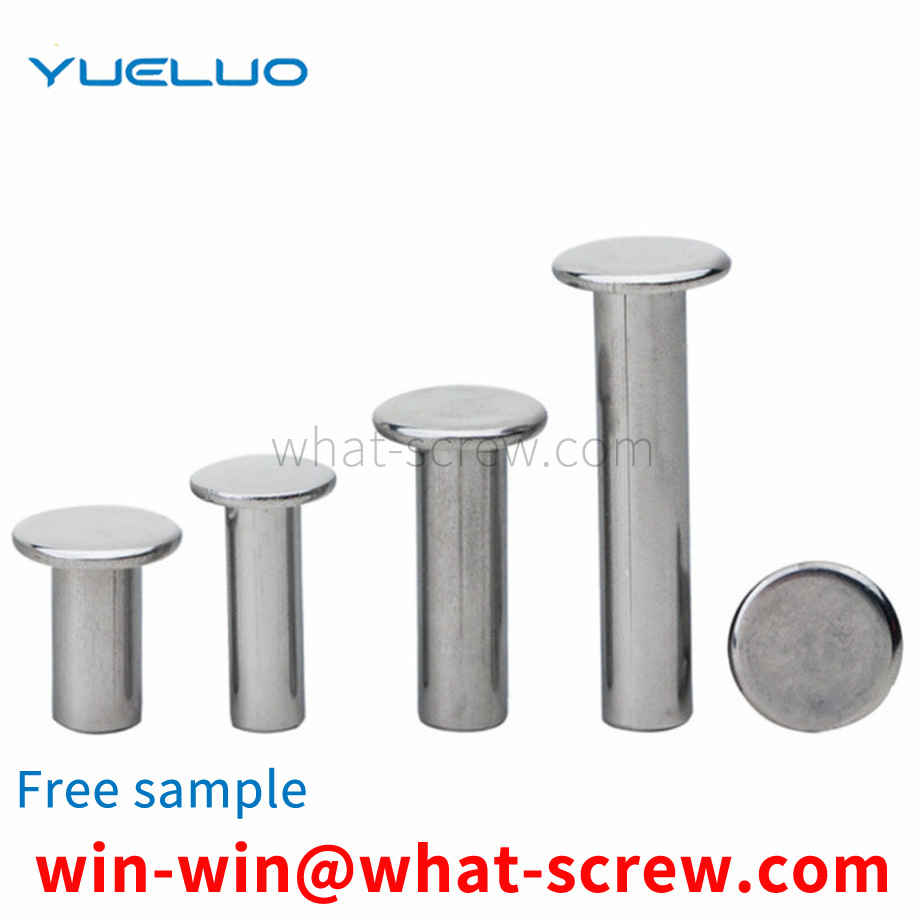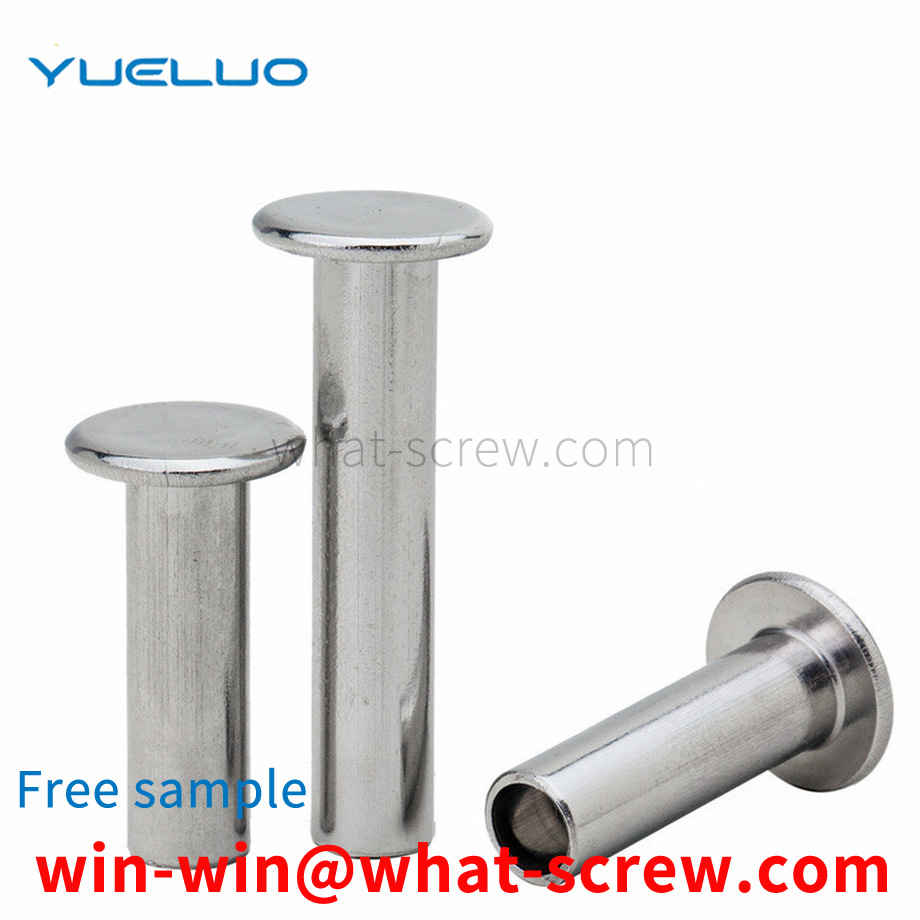In the prior art, the beams used for installing the curtain wall are mainly divided into two types: closed-cavity structure and open structure, and angle aluminum connection is mainly used for the connection between the beam and the column. As far as the beam of the closed-cavity structure is concerned, after the angle aluminum is used to connect, there are open bolts on both ends of the upper surface of the beam, and the aesthetic performance is extremely poor. As far as the beam of the open structure is concerned, in the actual connection, first fix one corner of the angle aluminum to the beam, and then connect the other corner of the angle aluminum to the column; due to the limited operating space in the beam of the open structure, the angle aluminum is not It is easy and accurate to install, and it takes a lot of time to install; and when the curtain wall panel is heavy, the beam will be twisted, causing the gusset of the opening part of the beam to fall. In addition, due to the limitation of the opening structure itself (an additional gusset or clasp), the aluminum content of the beam is relatively heavy, and the manufacturing cost is high.
In the process of automatically locking the screw to the product, there are only three types of screw supply mechanisms in the traditional automatic screw locking machine: 1. Magnet sucks for screws; 2. Vacuum sucks for screws; 7. Air blows for screws. The above three methods require long-distance screw supply, resulting in slow screw supply, low efficiency and high manufacturing cost. To this end, we propose an automatic locking screw machine that can directly supply screws.
Inch Screws C-1: Thread Code: The denominator is marked as 8, and then the numerator is directly called the number. Ex: 1/8 x 0.50 –PPB: 1 Thread screw x 0.50” long, PPB Ex: 5/16 x 0.50 –PPB = 2.5/8 x 0.50-PPB : 2 ½ inch screw x 0.50” long, PPB Ex: 5/32 x 0.50 –PPB =1.25/8 x 0.50-PPB: 1 ½ ½ inch screw x 0.50” long , PPB Ex: 1/4 x 0.50-PPB= 2/8 x 0.50-PPB: 2-point screw x 0.50” long, PPB Note: Coarse or fine pitch is sometimes indicated. UNF: Fine pitch: more commonly used in the electronics industry UNC: Coarse Thread: More commonly used for heavy machinery construction. Ex: 3/8 x 0.50, UNF –PPB: 3 point fine thread screw x 0.50” long, PPB. C-2: Length Code: In inches, must be multiplied by 25.40 is converted to mm. Measured with a buckle gauge, it is a metric thread when it matches the metric thread, and an inch thread when it matches the inch thread. You can also use a caliper to measure the outer diameter and pitch of the thread. The outer diameter of the metric thread is in millimeters, Such as 6, 8, 10, 12, 18, 20 mm, etc., the pitch is also in millimeters, such as 0.5, 0.75, 1, 1.5, 2, 3, etc. The outer diameter of the imperial thread is in inches, (per inch Equal to 25.4 mm) such as 3/16, 5/8, 1/4, 1/2, etc. Therefore, the reading of the outer diameter with a metric caliper often has irregular decimals. The inch pitch is expressed by how many teeth per inch. Set the caliper at 25.4 mm, align one caliper tip with the thread cusp, and the other caliper tip, if aligned with the thread cusp, is an inch thread, and if the thread cusp is not aligned, it should be a metric thread. The tip is printed on the white chalk. The chalk is clear and easy to measure. To measure the metric pitch, you should measure a length, such as 10, 15, 20, millimeters, etc., count how many teeth are included, and calculate the pitch in inches. The specified thread specification is inch thread, such as: G1. Metric threads are specified in metric units of millimeters. Such as: M30. The imperial system is determined by how many teeth there are in one inch (2.54 cm), generally a 55-degree angle. The metric system is the pitch determined by the distance between the two tooth tips, usually a 60-degree angle anchor screw: tighten the machine, etc. Screws for use on the ground. Also called anchor bolts. The difference between British and American screws is difficult to distinguish visually. The difference between British and American screws is that the rolling angle of British screws is 55 degrees, while the rolling angle of American screws is 60 degrees. These two standard screws are used in most screws. It can be used in general, but 1/2 size screws are not allowed, because the standard thread of inch 1/2 is 1/2-12 teeth, while the American system is 1/2-13 teeth.
In machine tool processing, it is often necessary to calibrate and debug the probe. The method of manually correcting the detection is inefficient and the accuracy is unstable. In addition, accidents such as collisions will occur. However, calibration tools such as ring gauges are expensive, have large working strokes and poor versatility. Technical realization elements: In view of the above content, it is necessary to provide a positioning pin for probe calibration to solve the above problems. A positioning pin is used for calibrating a probe, the positioning pin includes a connected cylinder and a cylinder, the cylinder is used to be installed on a jig in a machine tool, and the end of the cylinder away from the cylinder is provided with a measuring hole to calibrate the probe. Further, the positioning pin is also provided with a chip removal hole, one end of the chip removal hole is connected to the measuring hole, the other end of the chip removal hole penetrates the end of the cylinder away from the cylinder, and the chip removal hole is used for discharging machining chips and cutting fluid. Further, the diameter of the chip removal hole is smaller than the diameter of the measuring hole. Further, the positioning pin further includes a positioning piece, the positioning piece includes a base and a magnetic piece, one end of the base is provided with a mounting hole for installing the magnetic piece, and the other end of the base is provided with a limiting hole for mounting the column. Further, the limiting hole communicates with the mounting hole. Further, the limiting hole is a blind hole. Further, the diameter of the cylinder is larger than the diameter of the cylinder. Further, the measuring hole is a cylindrical hole. Further, the diameter of the cylindrical hole is 4 mm. Further, the end face of one end of the cylinder provided with the measuring hole is a curved surface, and the end faces the peripheral wall of the cylinder to bend and transition to connect the peripheral wall. The positioning pin of Guangdong Yueluo Hardware Industry Co., Ltd. uses the measuring hole to carry out the probe. It is easy to operate, simple in structure and highly versatile. BRIEF DESCRIPTION OF THE DRAWINGS FIG. 1 is a perspective view of a positioning pin of an embodiment of Guangdong Yueluo Hardware Industry Co., Ltd. FIG. 2 is a three-dimensional schematic view of the positioning pin shown in FIG. 1 without a positioning member. FIG. 3 is an exploded schematic view of the positioning pin shown in FIG. 1 . FIG. 4 is a cross-sectional view of the positioning pin shown in FIG. 1 along the line IV-IV. Description of main components and symbols Locating pin 100 Cylinder 10 Measuring hole 11 Chip removal hole 12 Cylinder 20 Positioning piece 30 Base 32 Mounting hole 321 Limiting hole 323 Magnetic piece 34 The following specific embodiments will be further described in conjunction with the above drawings Guangdong Yueluo Hardware Industrial Co., Ltd. DETAILED DESCRIPTION OF THE PREFERRED EMBODIMENTS The technical solutions in the embodiments of Guangdong Yueluo Hardware Industry Co., Ltd. will be clearly and completely described below with reference to the accompanying drawings in the embodiments of Guangdong Yueluo Hardware Industry Co., Ltd. Obviously, the described embodiments are only Some examples of Guangdong Yueluo Hardware Industry Co., Ltd. are not all examples. Based on the embodiments in Guangdong Yueluo Hardware Industry Co., Ltd., all other embodiments obtained by those of ordinary skill in the art without creative work belong to the protection scope of Guangdong Yueluo Hardware Industry Co., Ltd. It should be noted that when an element is referred to as being connected to another element, it can be directly connected to the other element or intervening elements may also be present. When an element is referred to as being disposed on another element, it can be directly disposed on the other element or intervening elements may also be present. Unless otherwise defined, all technical and scientific terms used herein are related to those of Guangdong Yueluo Hardware Industry Co., Ltd.
1. Standards for fastener product dimensions: specify the content of the basic dimensions of the product; threaded products also include the basic dimensions of the thread, thread end, shoulder distance, undercut and chamfer, and the end of externally threaded parts size, etc. 2. Standards for technical conditions of fastener products. It mainly includes product tolerances, mechanical properties, surface defects, surface treatment, product testing standards and corresponding specific provisions. 3. Standards for screw product acceptance inspection, marking and packaging: specify the qualified quality level and sampling plan of random inspection items during product acceptance inspection, as well as product marking methods and packaging requirements. 4. Marking method standards for standard parts, fasteners, screws and screws: specify the content of the complete marking method and simplified marking method of the product. 5. Standards for other aspects of fasteners: such as standards for fastener terminology, standards for fastener product weight, etc.
We have many years of experience in the production and sales of screws, nuts, flat washers, etc. The main products are: plastic nuts and nuts, split washers, 316 flat nuts, natural GB109 iron nails and other products, we can provide you with suitable fasteners solution.



















 Service Hotline
Service Hotline




